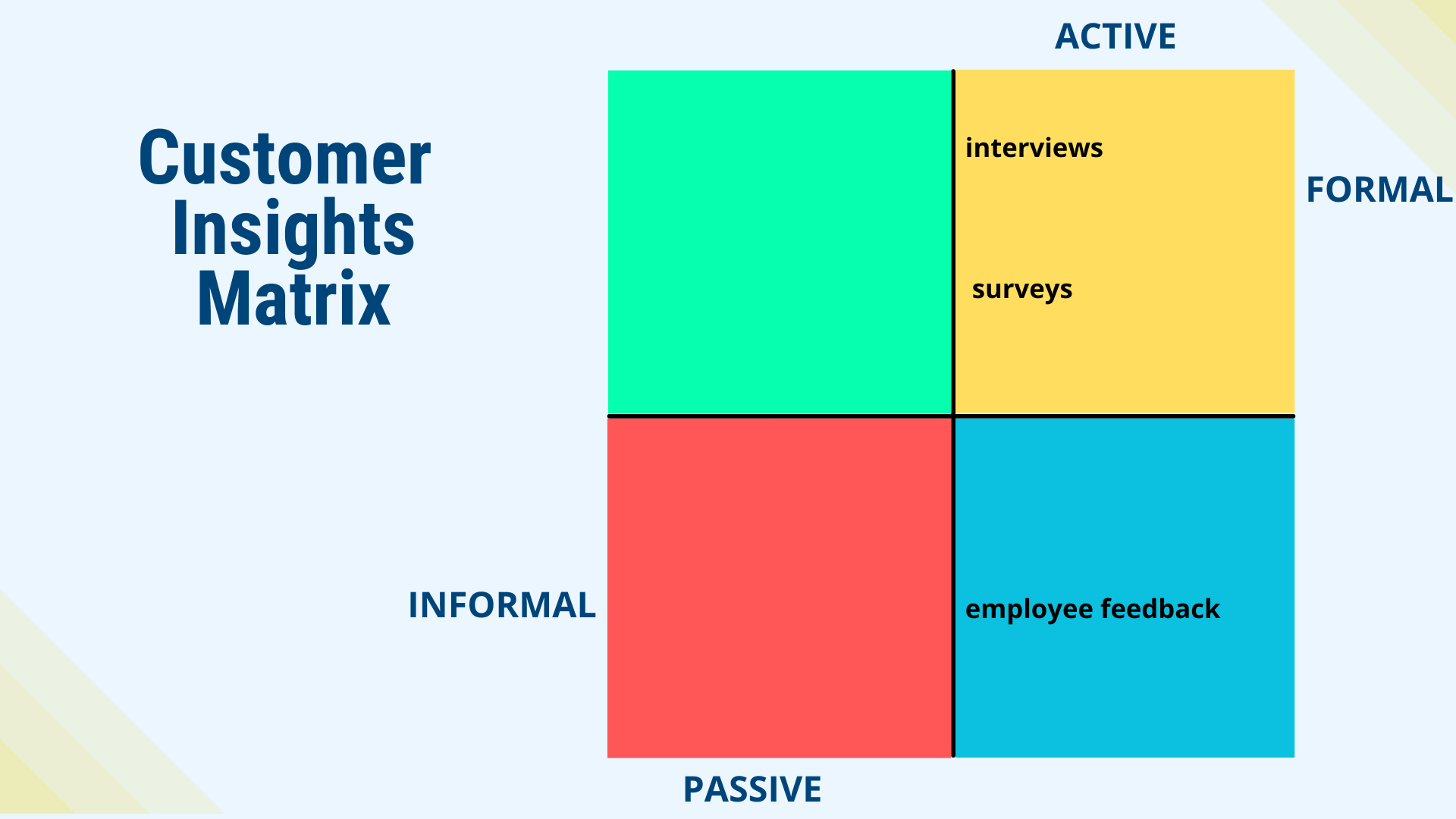This is Article #3 in the Customer Retention series.
This 9 part series teaches you how to build a predictable customer retention strategy. By the end of this series, you’ll be on your way to confidently increasing your customer retention.
- Why Customer Retention Is So Hard to Improve
- 3 Tools to Improve Customer Retention (only 1 is software!)
There are 3 principles that you need to build a predictable customer retention strategy. If you use these principles, your retention strategy will get faster and more consistent results with less effort.
So we’re all on the same page, let’s briefly look at what I mean by a Customer Retention Strategy.
What is a customer retention strategy?
Simply put, a customer retention strategy is designed to increase customer retention. The strategy can be very simple or very complex. It can be restricted to one team or involve the entire company. And it can consist of just a few activities to hundreds of activities and processes.
A customer retention strategy may include loyalty and reward programs, advocacy programs, paid referral programs, community forums as well as software and customer insights that we covered in the previous article.
To keep things simple, this article will look at building a predictable customer retention strategy using customer insights. For clarity, customer insights include both quantitative and qualitative data.
3 principles of a customer retention strategy
To build a predictable customer retention strategy, you need 3 principles for the foundation of your strategy:
- When you’re first starting out, you want to keep your strategy simple.
- Your first customer retention strategy should start with one team.
- The customer insights data collected through your retention strategy should be both continuously collected and collected for specific projects.
-
Simple to complex customer retention
Your first customer retention strategy should be simple, regardless if you’re a startup or a mature company. Because your customer retention strategy ties directly to revenues and profits, the last thing you want to have happen is for those company priorities to be negatively affected by your new strategy. And that’s why you want to start with a simple strategy.
In the second article in this series (3 Tools to Improve Customer Retention (only 1 is software!)) you were introduced to the Customer Insights Matrix. The matrix showed you customer insight activities that were both formally and informally collected, as well as active and passive forms of customer insight collection.

The most simple and best customer retention strategy when you’re first starting out is one that uses just a few of the customer insight activities.
Here are 3 that I recommend:
customer interviews
surveys
employee feedback

The biggest mistake I see with companies is that they use surveys the wrong way. One of the first customer insights activities companies tend to implement are surveys. These might be Net Promoter Score (NPS), a short post-onboarding survey or an exit or churn survey. I’m a big fan of surveys when they are used correctly.
Surveys are a cheap and simple way to collect customer insights. The problem is that they are monologues. Customers fill out their responses, but you have no context around their answers. If it’s a numerical survey like NPS, you have zero insight into why the customer chose the answer they did. Occasionally, customers will type something into a comment box that gives you a tiny bit of context.
This leaves you with a whole lot of guessing!
Here’s the correct way to use surveys – use surveys together with customer interviews. A simple strategy is to ask some of your customers who responded to your survey to get on a call and have an exit interview. You might choose to ask every customer, every 10th customer who responds or maybe every 50th.
The point is, you want to gain context into your survey responses so you can start understanding what’s really going on with your customers. You’ll have a level of clarity that will increase your confidence that you’re on the right path. And if you hear something that means you’re off track, you can make changes before it becomes a big issue.
Keep it simple!
-
Land then expand your customer retention strategy
You want a predictable customer retention strategy that works at increasing retention. Predictably. A customer retention strategy that sometimes can move the retention needle doesn’t help you much. In fact, it can hinder you.
Predictable results come from trying something and continually course correcting. You learn what gets good results. Then you see if those results can be repeated. If they are repeatable, you’ve got something predictable.
As we saw in the first article, customer retention is very complex, and it’s challenging to predictably increase. That’s why you want to start simply and start with one team. The best team to implement your customer retention strategy is Customer Success. (If you don’t have a Customer Success team, start with your Customer Support/Service team.)
Customer Success teams have a consistent and proactive relationship with the customer. They know which customers might be open to participating in your customer insights activities – especially interviews.
One of the fastest ways to increase your customer retention is to do a series of interviews with your best customers and your at-risk customers. We do this all the time for our clients. And every time we report our findings, they are surprised at how different these 2 groups are.
If you don’t have a health score system in place, ask your Customer Success Managers which of your best and at-risk customers appear to be the most open to being interviewed. Interview them. Compare and contrast the two group’s responses. Spot the differences. Look for opportunities to increase retention based on your results.
Once you get a system in place that starts giving you predictable results, then you can expand this activity to other teams. Hammer out your processes with Customer Success first to ensure you have predictable results before expanding to other teams.
-
Continuous + project specific customer insights
Another big mistake I see companies making with their customer retention strategy is that they don’t have project-specific customer insights as part of their strategy. Most companies are great at having their surveys go out at regular intervals to get continuous customer insights. But they haven’t yet figured out that they can increase their customer retention by adding in project-specific customer insights.
Most of us implement new projects or process this way:
- Come up with a new project or process.
- Talk with your team and colleagues to ensure you’re on the right track.
- Implement.
- Fight fires and do damage control when you discover all the unintended negative impacts on your customers.
- Repeat.
I’m going to suggest something wildly different — run a series of customer interviews before you implement that project or process. Your customers will be more than happy to tell you both the potential positive and negative impacts of the project or process may have on them. Use your customer’s insights to make changes prior to implementation. You’ll still have a bit of course correcting to do after launching, but you’ll be on the right path. You’ll have more happy customers after you implement using this method than you would if you hadn’t involved your customers prior to implementation. And more happy customers are always a great retention strategy.
In the next article, we’re going to put everything you’ve learned so far into practice. How to build a predictable customer retention strategy is where we’re headed next. We’re going to use the principle of simplicity because things can get very complex, very quickly. And I don’t want that for you. I want you to be confident in your ability to create a predictable customer retention strategy that gets positive results. And that means keeping it super simple.
Next article: How to Build a Predictable Customer Retention Strategy
Churn No More: A Tactical Workshop for Customer Retention
A game-changing workshop designed to help you identify your next high-value retention win and earn a seat at the executive table. Consider it your FastPass to big retention wins.




